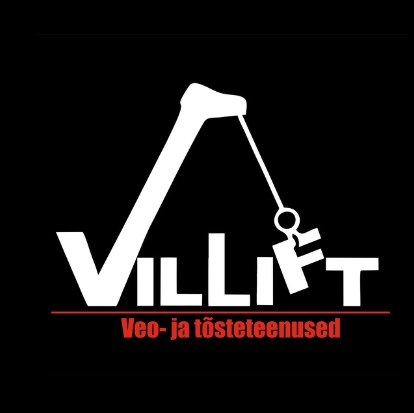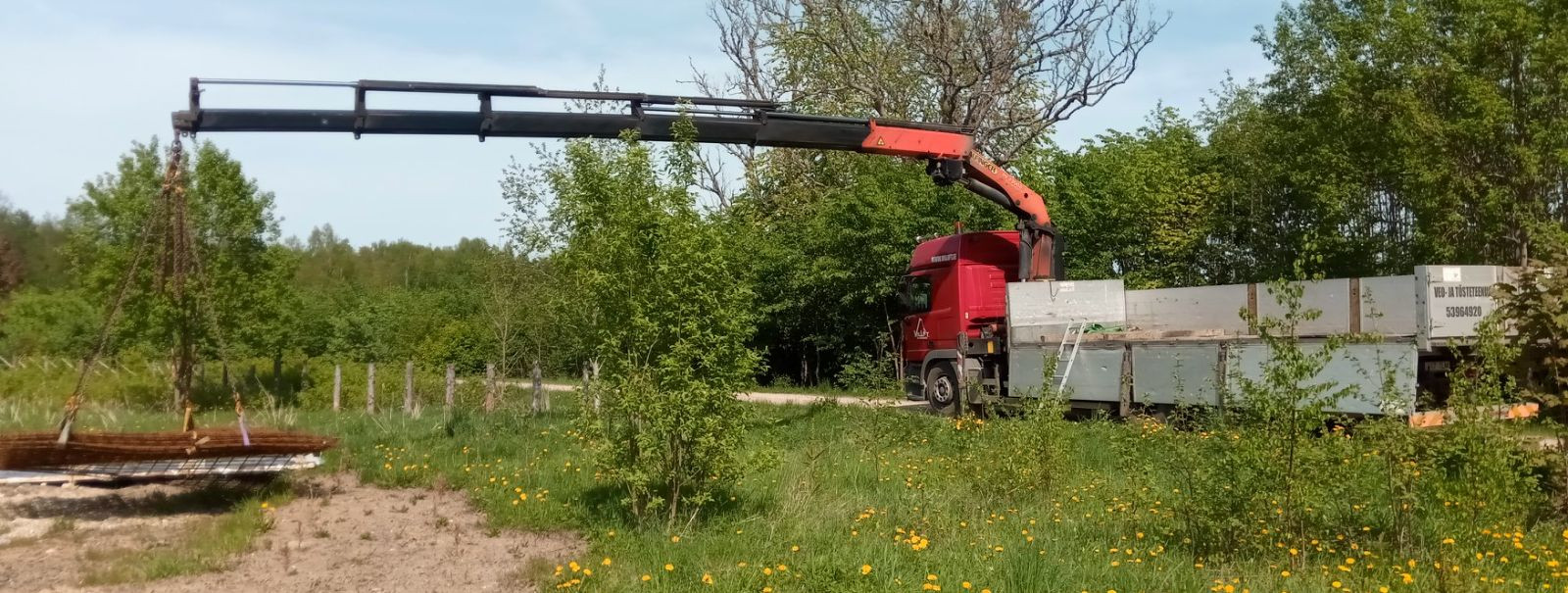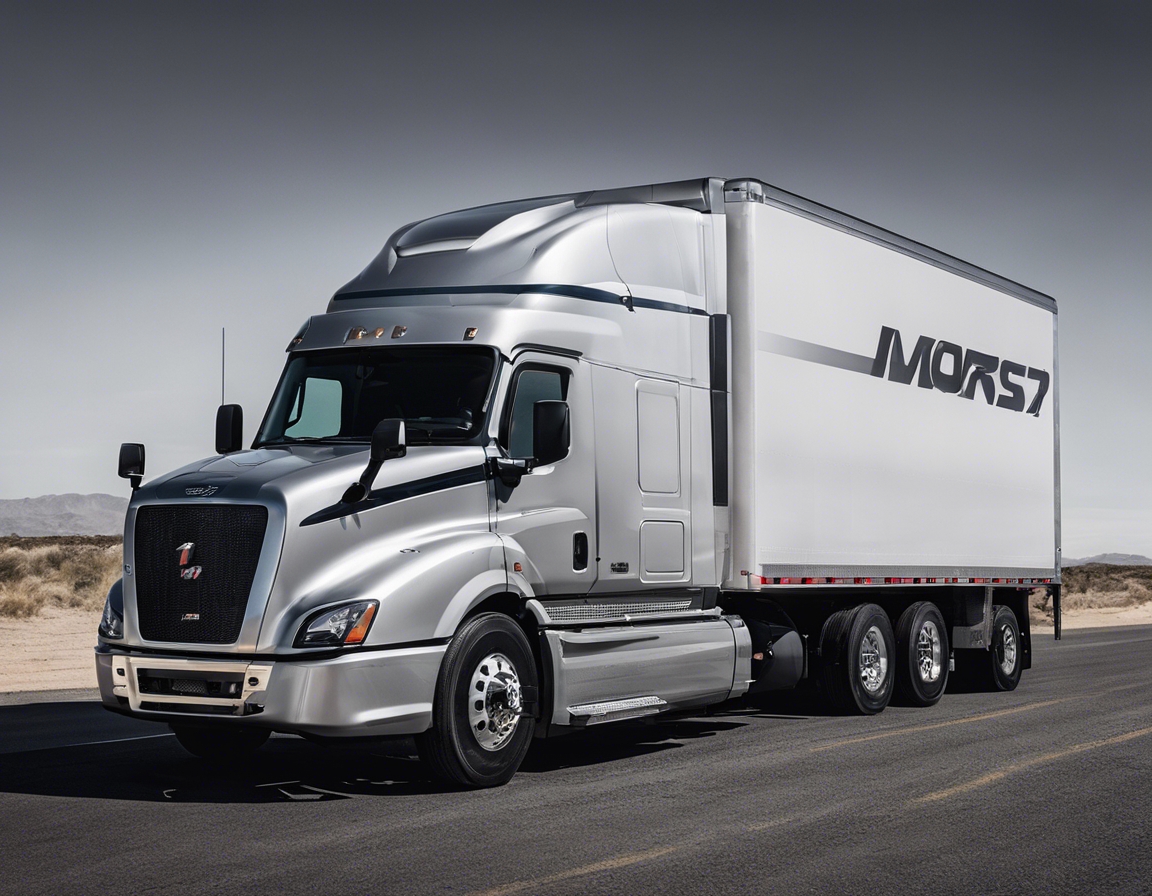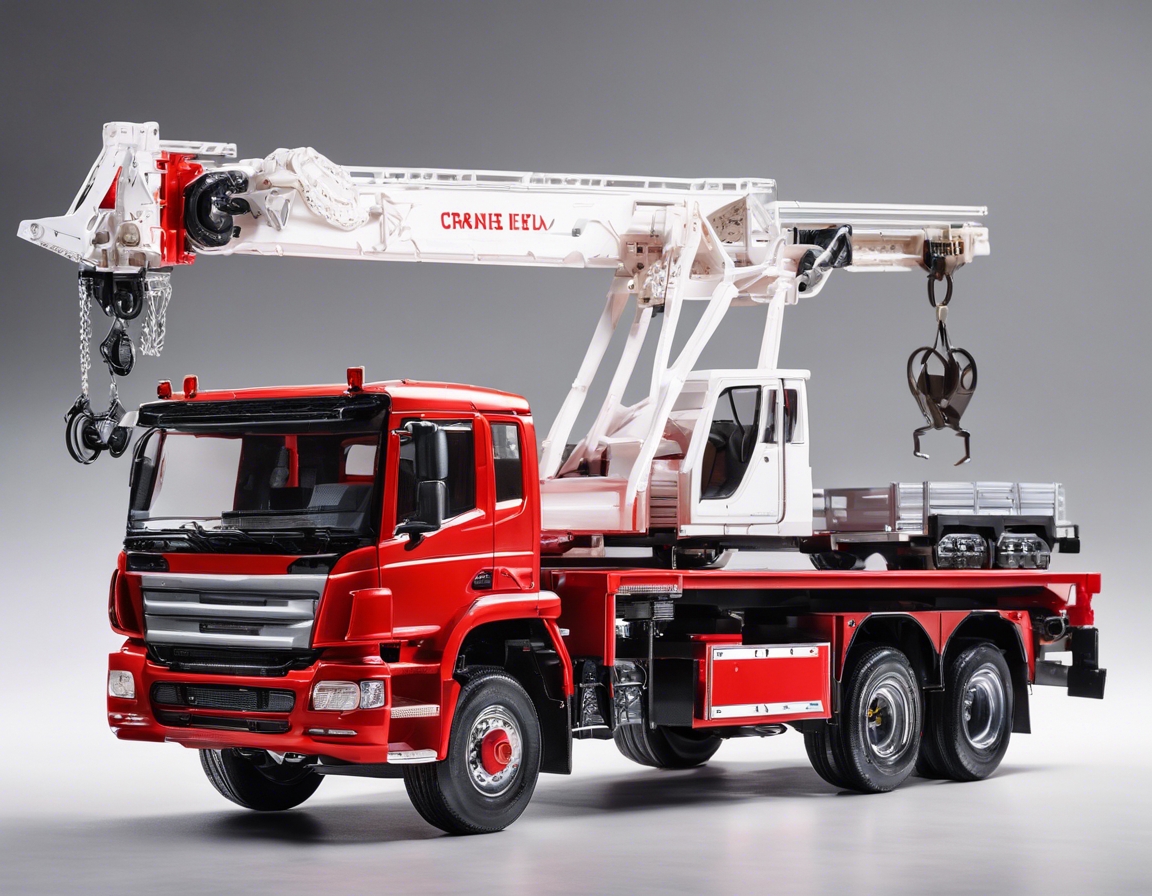The future of construction: how cranes are transforming the industry
The construction industry has witnessed a remarkable transformation over the centuries, with cranes playing a pivotal role. From the rudimentary wooden machines of ancient times to the sophisticated steel leviathans gracing city skylines today, cranes have evolved to become the backbone of modern construction.
Cranes are indispensable on construction sites, facilitating the lifting and moving of heavy materials that would otherwise be impossible. Their presence is a sign of progress and a catalyst for development, enabling the construction of skyscrapers, bridges, and other infrastructural marvels.
Technological Advancements in Crane Design
As the demand for taller and more complex structures increases, so does the need for safer crane operations. Technological advancements have led to the integration of sophisticated safety systems, such as anti-collision software, load moment indicators, and enhanced operator aids that minimize the risk of accidents.
The integration of automation in crane technology is revolutionizing the industry. Remote operation capabilities allow for precision in movement and placement, reducing the need for manual handling and enhancing overall site safety.
Environmental considerations are now at the forefront of crane design. Electric and hybrid models reduce emissions and noise pollution, while energy-efficient systems ensure that the cranes are not only powerful but also sustainable.
Types of Cranes Shaping the Future
Mobile cranes offer unparalleled flexibility, capable of accessing remote or confined spaces. Their ease of transport and setup make them ideal for a variety of construction scenarios.
Tower cranes are the giants of the industry, essential for high-rise construction. Their ability to reach incredible heights and lift substantial loads is unmatched, making them a staple in urban development.
Telescopic cranes combine the advantages of both mobile and tower cranes, offering precision and versatility. Their extendable booms enable them to perform in a range of environments, from city centers to rugged terrains.
Challenges and Solutions in Modern Crane Operations
As urban spaces become more congested, the ability to maneuver cranes in tight areas is crucial. Innovative crane designs and computer-aided systems are helping operators to overcome these challenges.
Crane operations are often subject to the whims of nature, with extreme weather posing significant risks. Modern cranes are built to withstand these conditions, ensuring reliability and safety even in adverse weather.
The logistics of transporting and assembling cranes on-site can be daunting. However, advancements in modular design and improved transport mechanisms have simplified these processes, reducing downtime and increasing efficiency.
The Economic Impact of Advanced Cranes
Advanced cranes contribute significantly to the economic efficiency of construction projects. Their speed and lifting capacity can drastically reduce project timelines and labor costs, directly impacting the bottom line.
The sophistication of modern cranes requires a higher level of skill and expertise. This has led to job creation in the field of crane operation and maintenance, as well as opportunities for professional development.
Preparing for the Future with VILLIFT OÜ
VILLIFT OÜ understands the unique challenges faced by today's construction industry. We offer custom crane solutions tailored to meet the specific needs of complex projects, ensuring efficiency and precision.
At VILLIFT OÜ, safety is our top priority. We are committed to providing the highest standard of service, with a focus on delivering excellence in every aspect of our operations.






Comments (0)